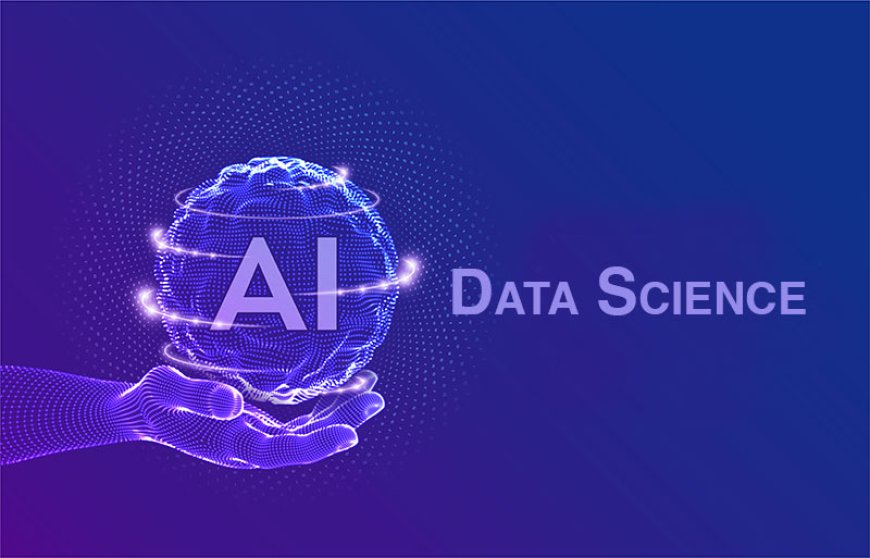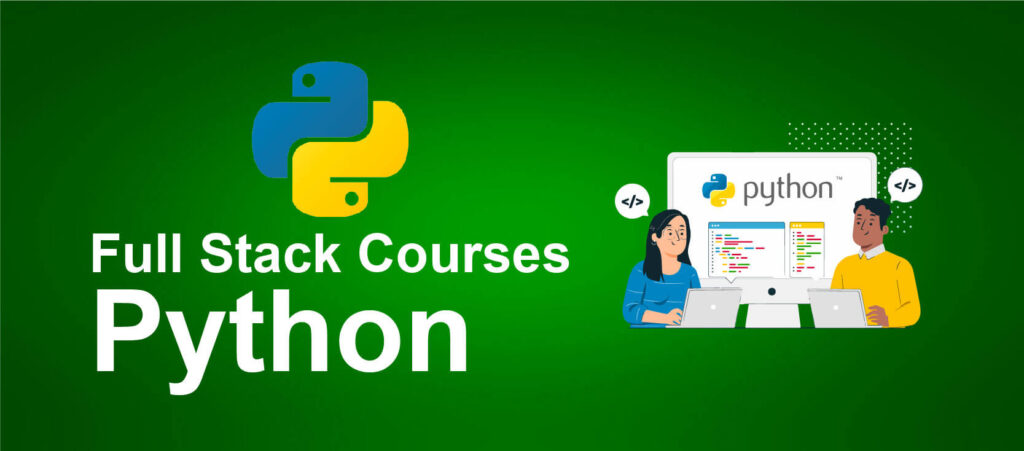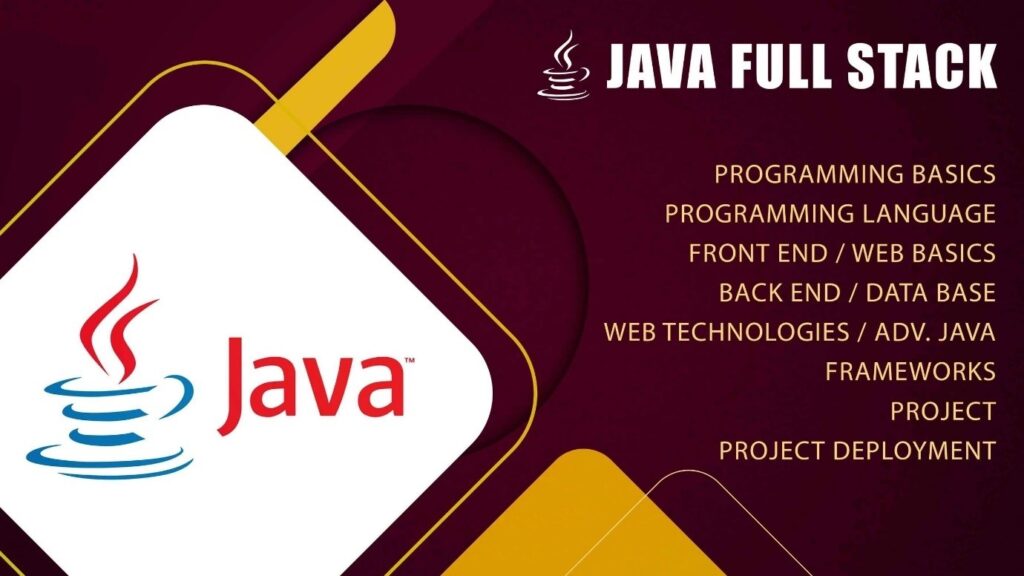Cybersecurity: Why It Matters More Than Ever in 2025
In our hyper-connected digital world, cybersecurity has become more than just a buzzword—it’s a necessity. With every passing day, the amount of data being generated, shared, and stored increases exponentially. From personal photos and bank details to confidential business data and government records, almost everything lives online. And where there’s data, there are risks.
🚨 The Growing Threat Landscape
Cyber threats have evolved far beyond simple viruses and spam emails. Today’s cybercriminals use advanced tactics like:
- Phishing attacks that trick you into revealing sensitive information
- Ransomware that locks you out of your own files unless you pay a ransom
- Data breaches that expose personal and financial information
- Zero-day exploits that take advantage of unknown software vulnerabilities
According to recent reports, cybercrime is expected to cost the world over $10 trillion annually by 2025. That’s more than the global trade of all major illegal drugs combined.
🧠 Common Myths About Cybersecurity
There are a few misconceptions that need to be busted:
- “I’m too small to be a target.” – Even small businesses and individuals are prime targets because they often lack strong defenses.
- “My antivirus is enough.” – Antivirus is just one piece of the puzzle. Real cybersecurity involves layers of protection.
- “I don’t have anything worth stealing.” – Your personal data, login credentials, or even your device as a tool in a botnet, are all valuable to hackers.
🔒 How to Protect Yourself or Your Business
- Use Strong Passwords
Mix letters, numbers, and special characters. Avoid common words or predictable patterns. Consider using a password manager. - Enable Two-Factor Authentication (2FA)
This adds an extra layer of security even if your password gets compromised. - Update Software Regularly
Hackers exploit outdated software. Keep your operating system, apps, and antivirus updated. - Be Wary of Suspicious Emails or Links
If something feels off—don’t click. Verify links and email addresses before responding. - Backup Your Data
Always have copies of important files stored securely offline or in the cloud. - Educate Your Team
Human error is one of the biggest vulnerabilities. Regular training can prevent costly mistakes.
🛡️ The Future of Cybersecurity
As technology evolves—think AI, IoT, and 5G—so will cyber threats. The future of cybersecurity lies in proactive defense, automation, and constant vigilance. Businesses and individuals alike must make cybersecurity a core priority, not an afterthought.




